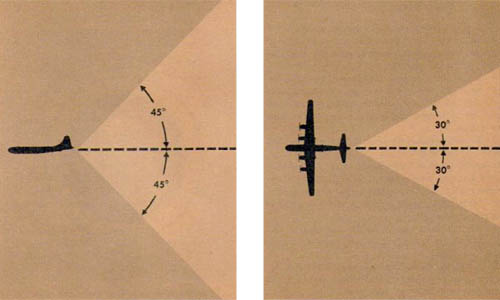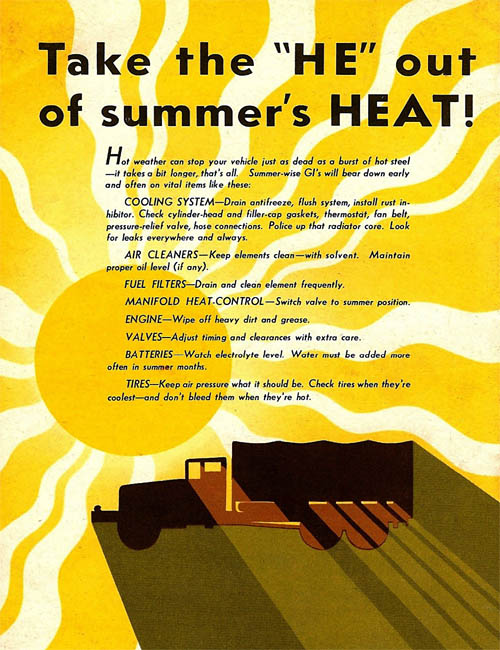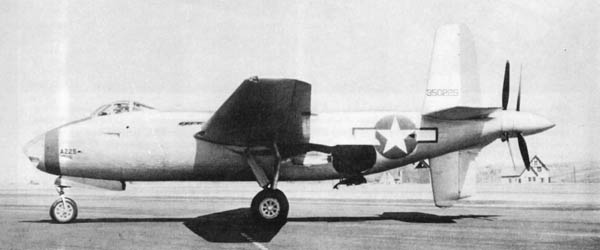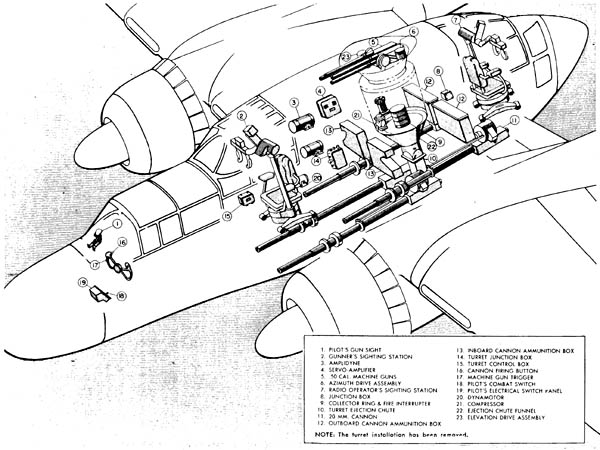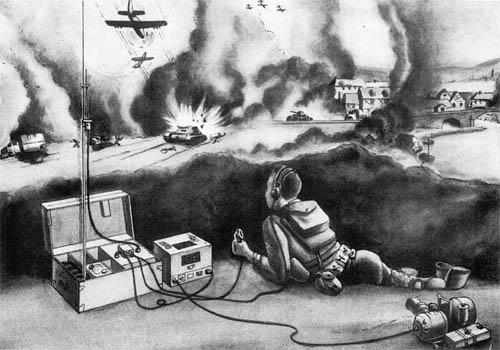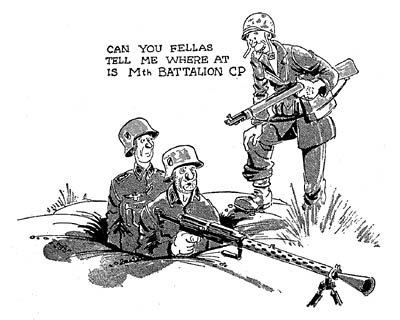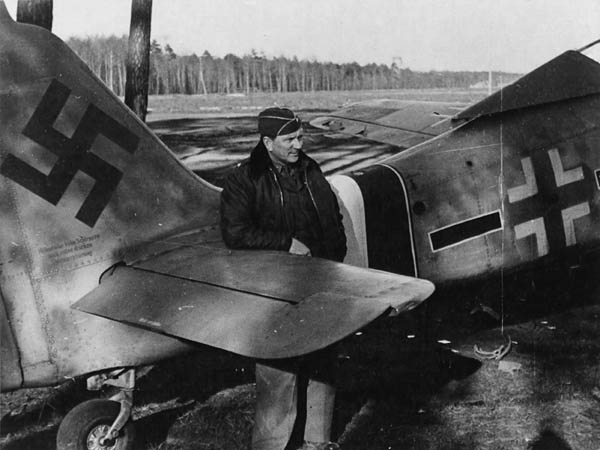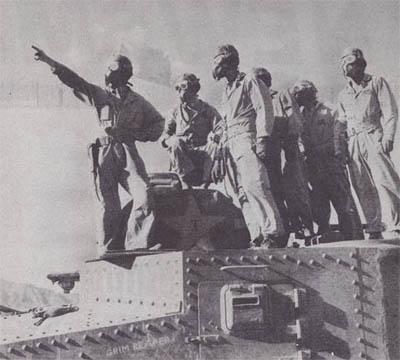Summary of Tail Warning Radar AN/APS-13 from Radar Observers’ Bombardment Information File, July 1945.
Tail Warning Radar AN/APS-13
Radio Set AN/APS-13 is a lightweight radar set which gives an airplane pilot, or any other aircrew member who can see or hear it, a visible and audible warning that a hostile airplane is behind or approaching from the rear.
The usable range of this set is from 200 to 800 yards, and within an area extending up to 30° on both sides of the airplane and from 45° above it to 45° below it. The set doesn’t work above 50,000 feet or below 3100 feet. Ground reflections determine the lower limit.
The main units include the antenna, transmitter-receiver, indicator light with brilliance control; warning bell, ON-OFF switch, and test switch. The set operates on 27.5 volts, which is the primary aircraft power supply.
Operation
1. Turn the power switch ON.
2. Wait at least three minutes for the tubes to warm up, then hold the test switch up. If the indicator lights and the warning bell rings, the equipment is operating properly. You can adjust the intensity of the indicator light with the rheostat.
3. You must set the GAIN CONTROL correctly. Adjust the screwdriver control on the front panel of the transmitter-receiver so that the receiver sensitivity is well below the level at which the tube noise can trigger the relay and give a false warning. If you reduce the sensitivity too far, however, it won’t detect aircraft within the required range. Have a competent radio technician check this before you start out on a combat mission.
Caution: The warning bell must be where the pilot can hear it clearly but where crew members cannot hear it; they might mistake it for the bailout signal.

